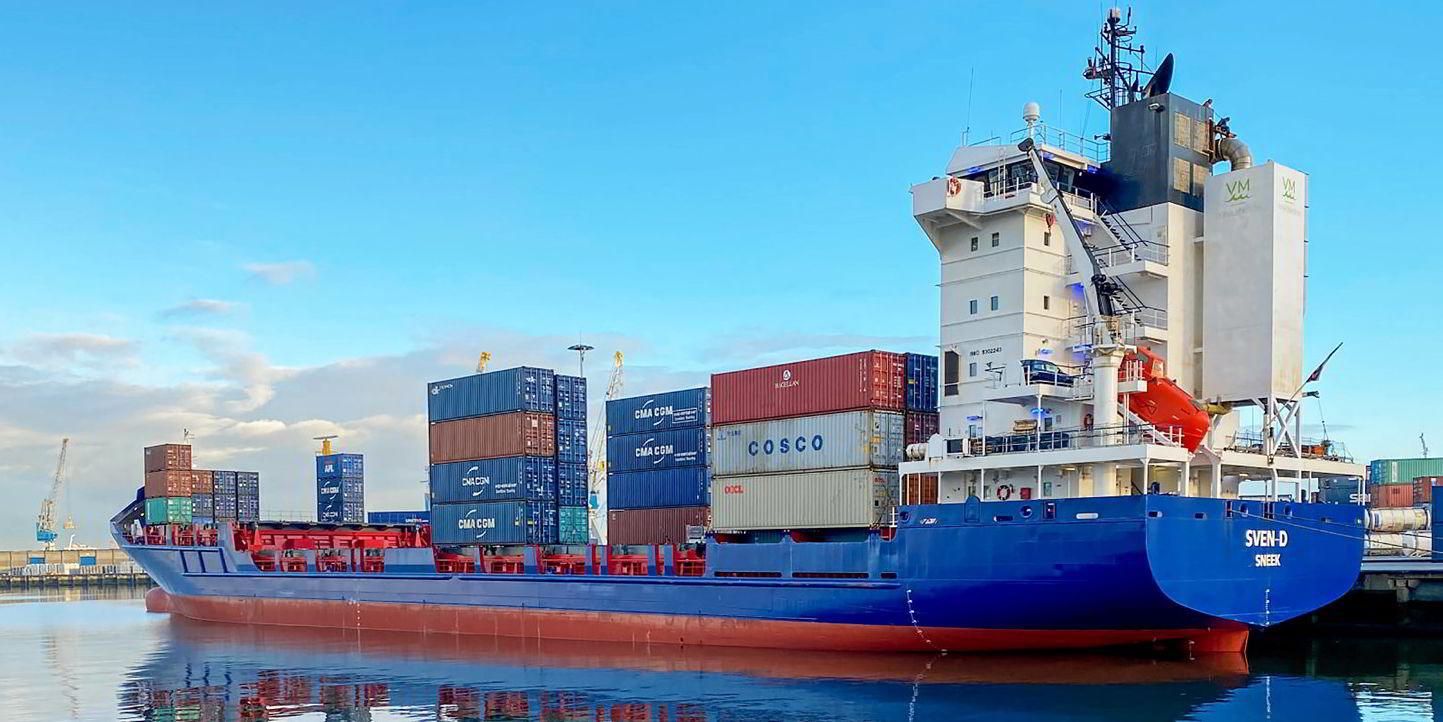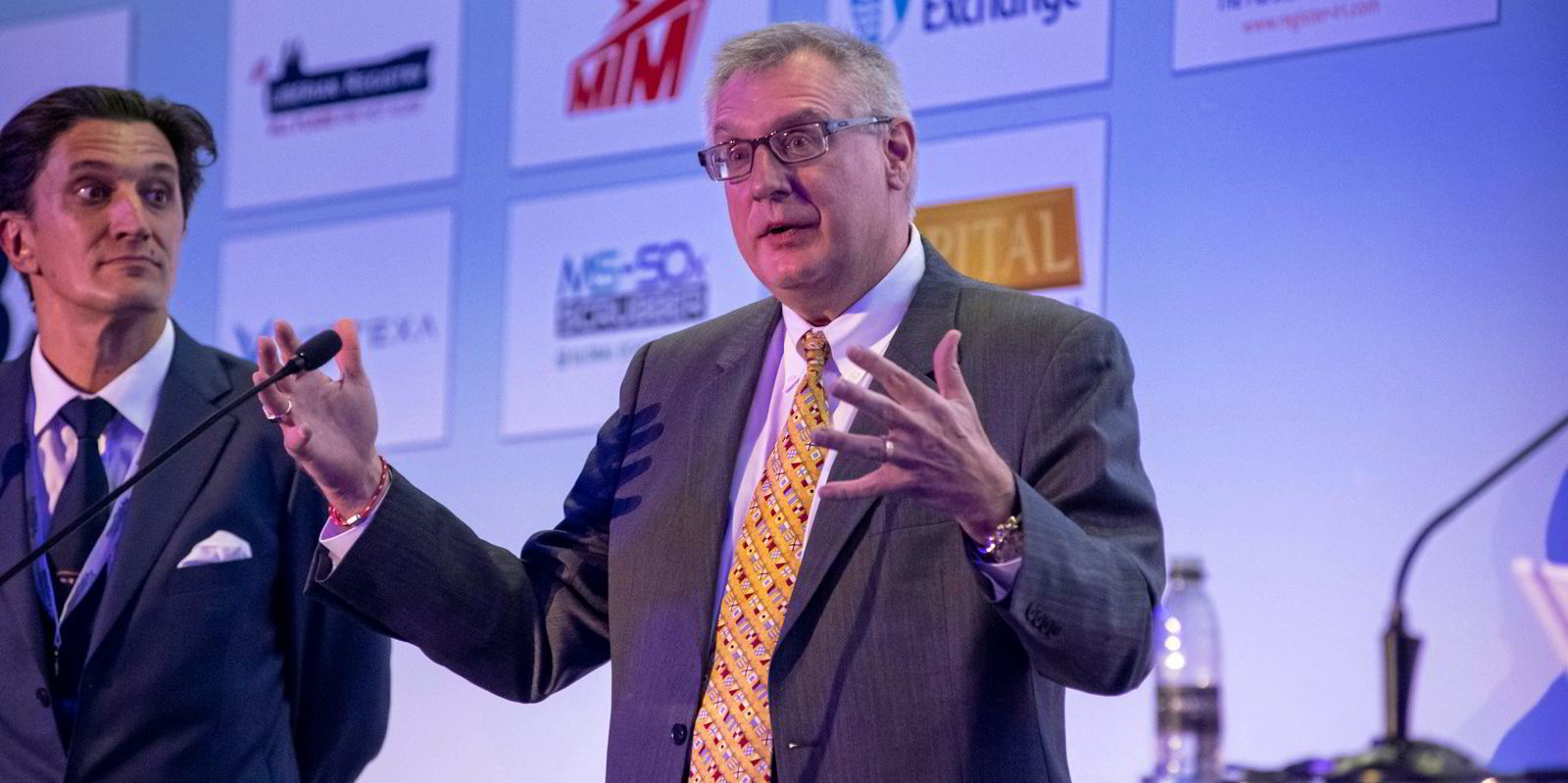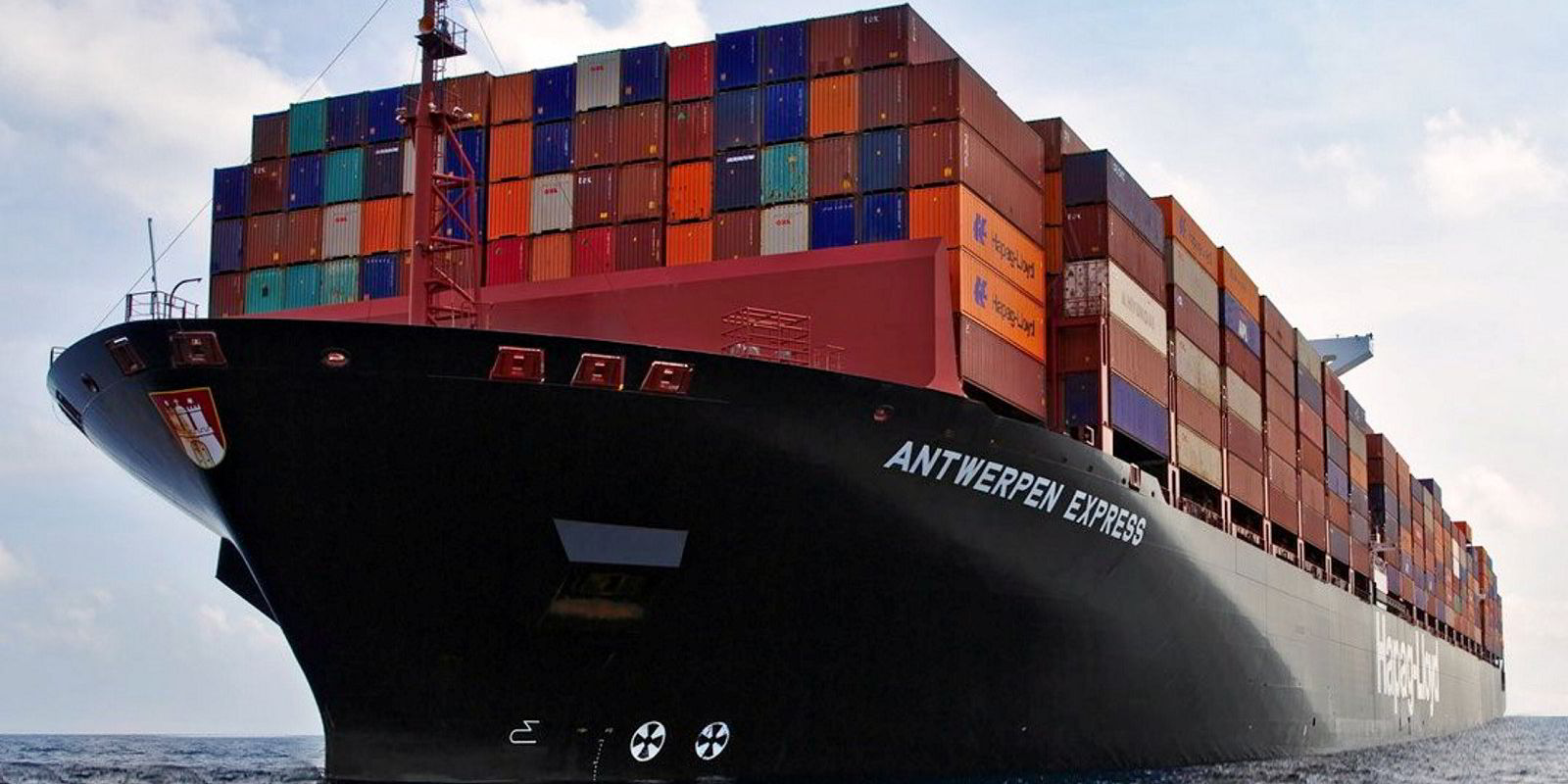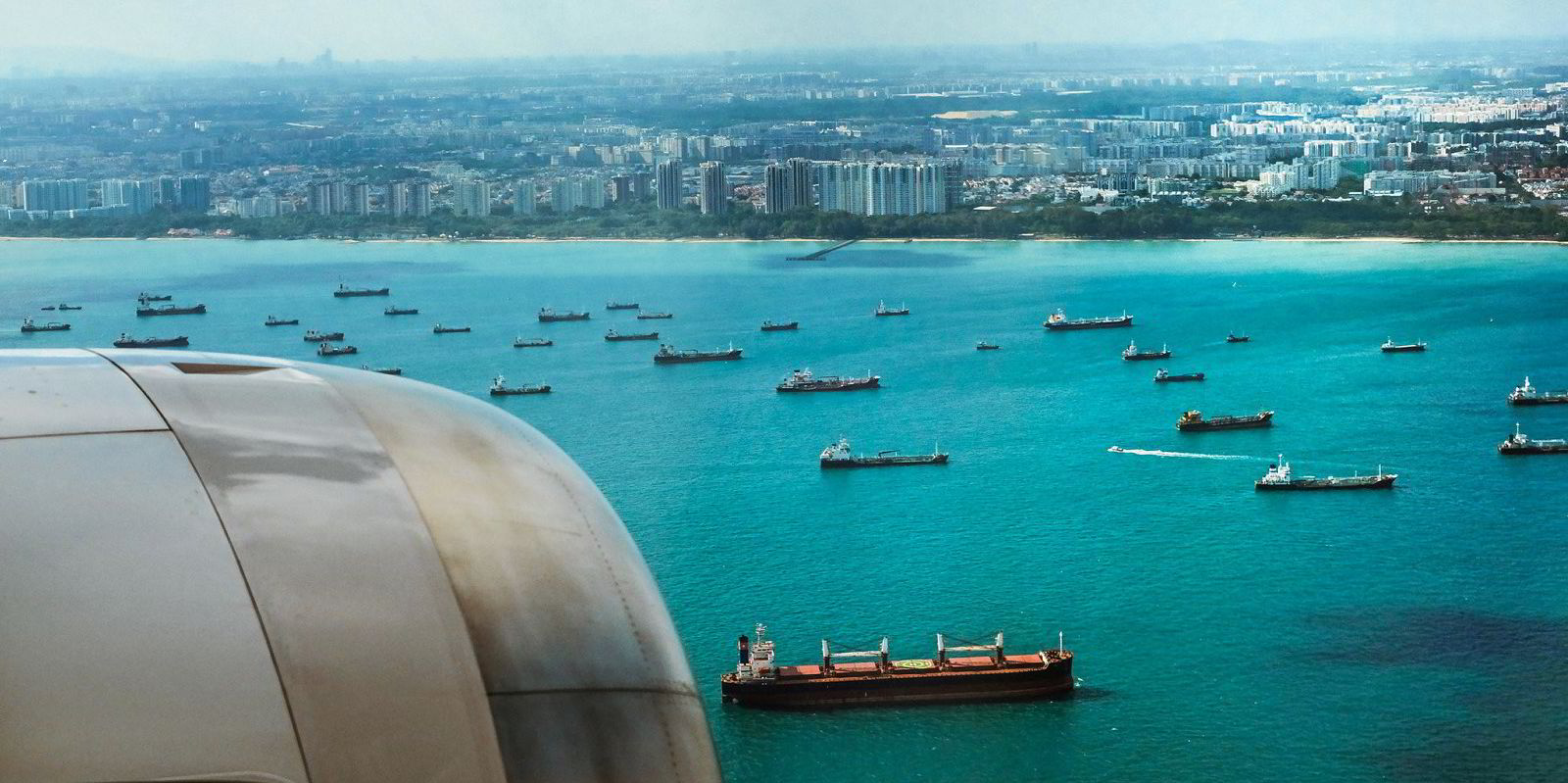What does net zero by 2050 mean? For shipping, the calculus shows that we will need 70% zero-carbon e-fuels, which requires 10 times more renewable energy than currently produced, and 30% carbon-neutral fuel, which, considering net zero across the board, will require 100 times more carbon capture than we have today.
According to the Intergovernmental Panel on Climate Change and the International Energy Agency (IEA), the annual global capacity for carbon capture will need to increase multi-fold from 50m tonnes of CO2 in 2020 to 800m tonnes per year by 2030 and to more than 5bn tonnes, or gigatonnes, by 2050.
It is estimated that the total global storage capacity is between 8,000 gigatonnes and 55,000 gigatonnes and even the lowest estimate far exceeds the 220 gigatonnes of CO2 that is expected to be stored over the period between 2020 and 2070, according to the IEA. So, we have plenty of storage capacity; now we need to develop and scale safe, efficient and economically viable technology.
To achieve net-zero emissions across the maritime value chain by 2050, the entire energy system will need to be transformed using a wide range of technologies. Energy efficiency, hybridisation and electrification including batteries and other energy storage options, renewable energy to generate green hydrogen and the family of zero-carbon and carbon-neutral e-fuels and, equally important to the rest, carbon capture, utilisation and storage (CCUS) are key to decarbonising the global maritime value chain.
Scaling up carbon capture and the development of a carbon value chain introduces new opportunities for the maritime industry, both in terms of opening new markets through carbon trade and transportation as well as providing a net-zero fuelling solution for ships, including the development of blue hydrogen as a building block for alternative fuels and onboard carbon capture.
Currently, CO2 as a cargo is a niche sector. However, as the carbon value chain scales up, we may see usage of the captured carbon transform into a precious commodity that will drive demand for transportation, beyond sequestration, opening an entirely new trade for the maritime industry.
Current estimates project that the CO2 carrier market in 2050 could be as large as today’s LNG carrier market, a significant trend that will shape shipbuilding markets over the next few decades. We are working closely with our business partners to assess how these markets will develop and create demand for new vessel designs.
As industry develops scalable carbon-capture technologies, we must always remember the important boundary conditions of safety, availability, scalability and infrastructure.
The need for high efficiency will also define how fast onboard carbon-capture technologies can be fully deployed. Currently, the most mature technologies for onboard applications, depending on the capture rate, could require up to 35% extra power to run the capturing, regeneration and storage systems.
Similarly, for a very large vessel, it is vital to assess the operating and compliance requirements to optimise the unit, since the cost could be impacted by as much as a 40% increase in machinery and propulsion-related capital expenses.

The underlying question on scalable deployment of carbon-capture technologies remains the availability of infrastructure and facilities. Where will the CO2 be discharged and how will it be used? This is yet another challenge for ports and an opportunity where governments can create policies and incentives.
Success is a team sport. The development and scaling up of a global carbon value chain will require a collective and collaborative approach involving all stakeholders up and down the chain.
The development of green shipping corridors offers a great step forward, bringing stakeholders together around certain regions or trade routes. As we develop green shipping corridors and connect ports with net-zero freight, carbon capture and storage is fundamental and a vital piece of the puzzle that industry stakeholders need to complete.
There remains much to be done before the carbon value chain is mature enough, both in terms of technology and infrastructure, to support delivery of the energy transition.
The challenge before all of us today is to ensure that when we do close the books on this initial development phase, our combined efforts will deliver a solution that is safe, practical, economically feasible and, therefore, sustainable.
Christopher Wiernicki is chairman, president and chief executive
of ABS, a Houston-headquartered classification society





